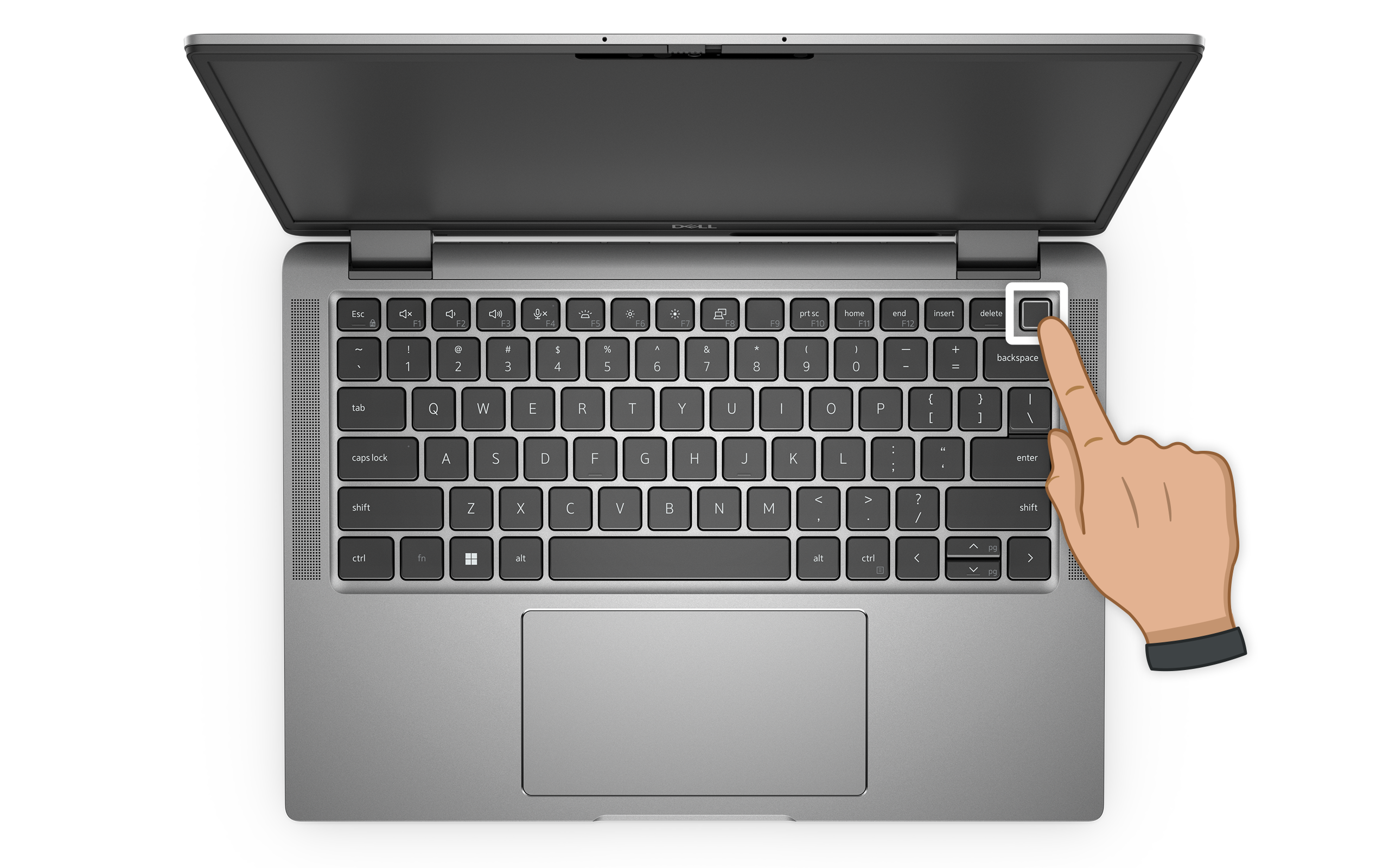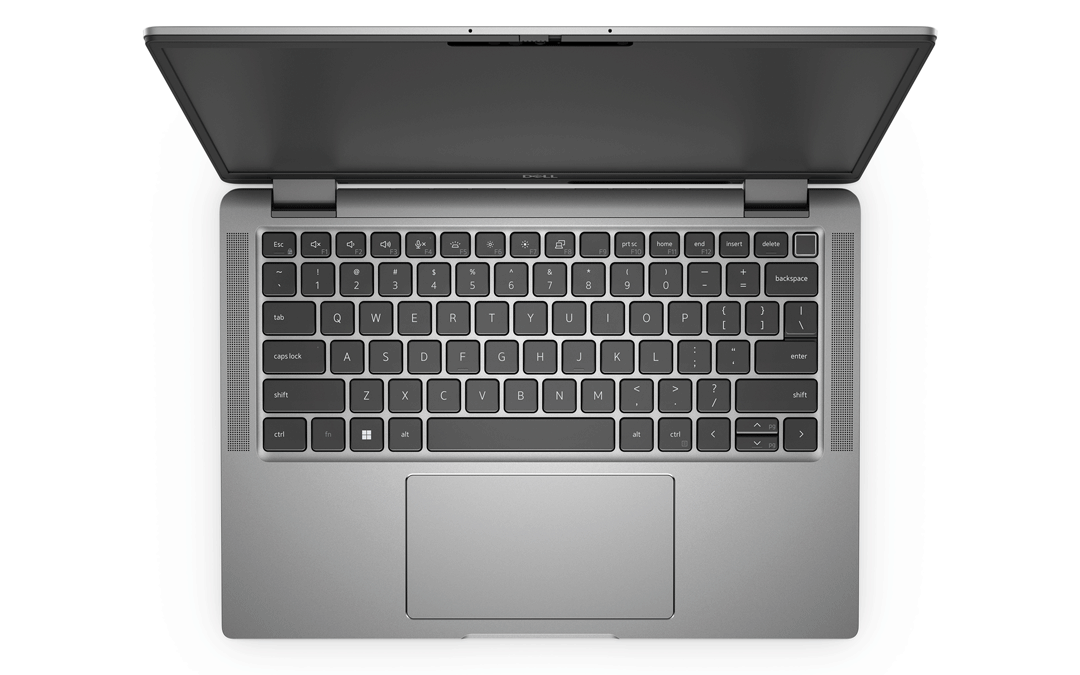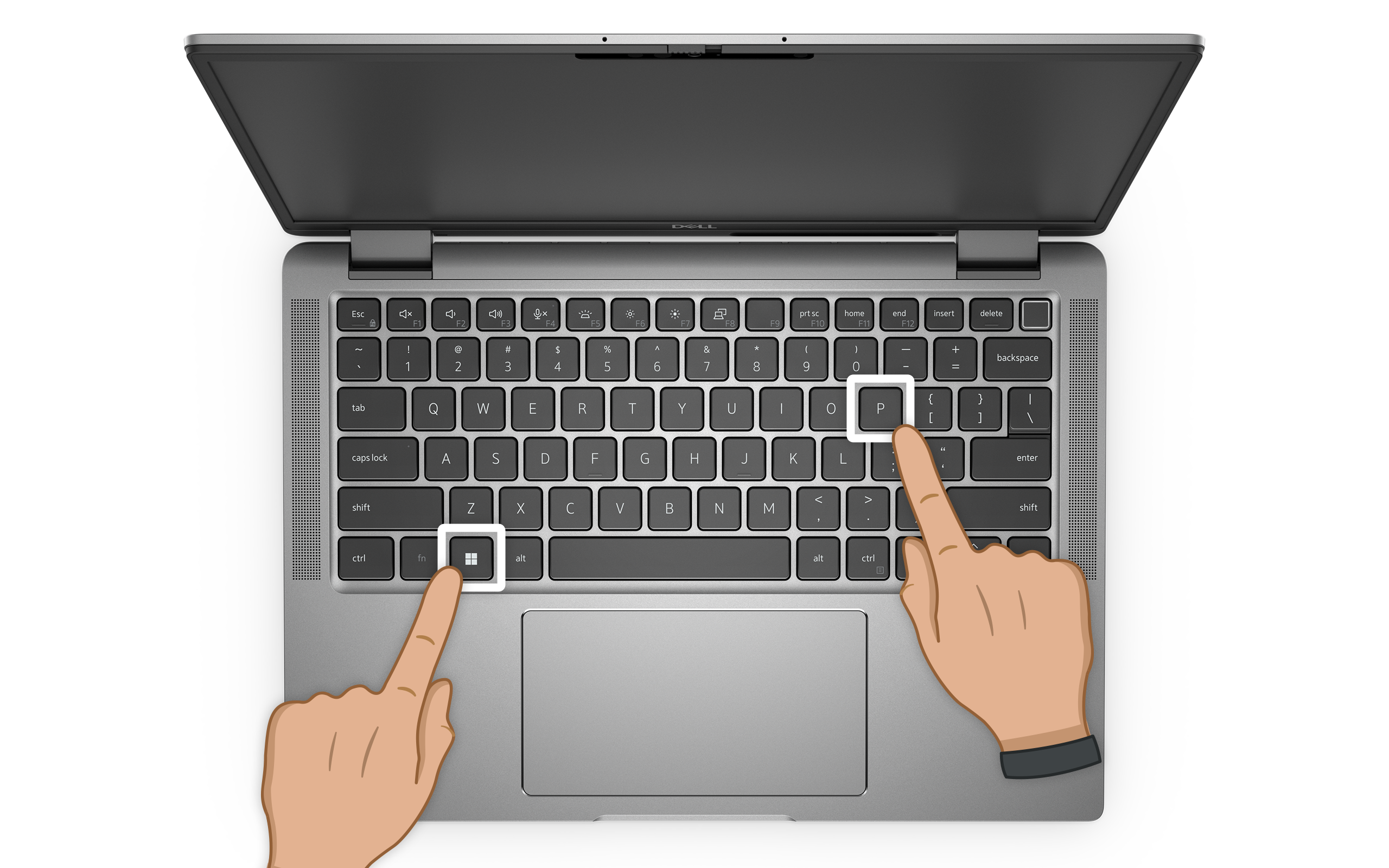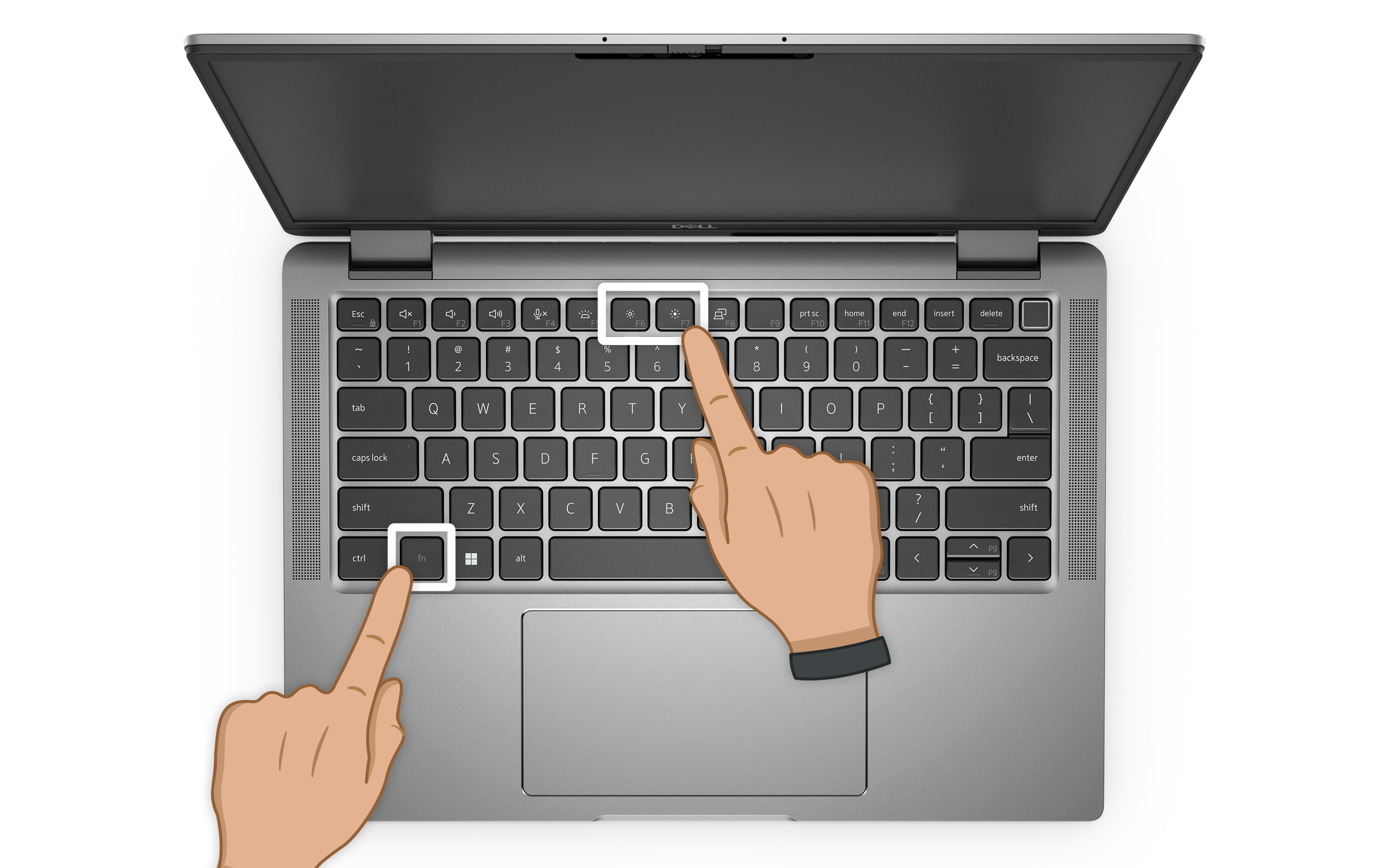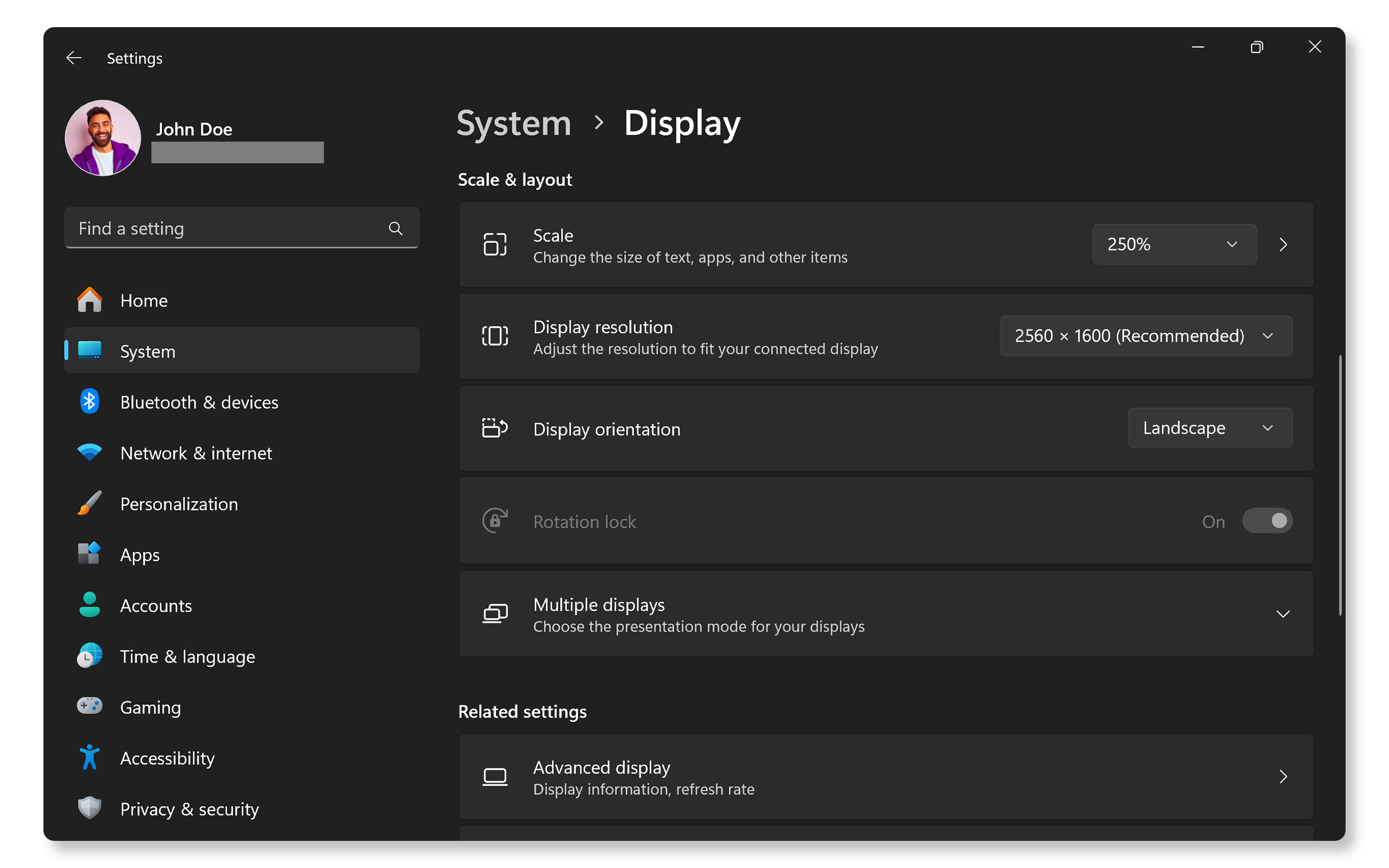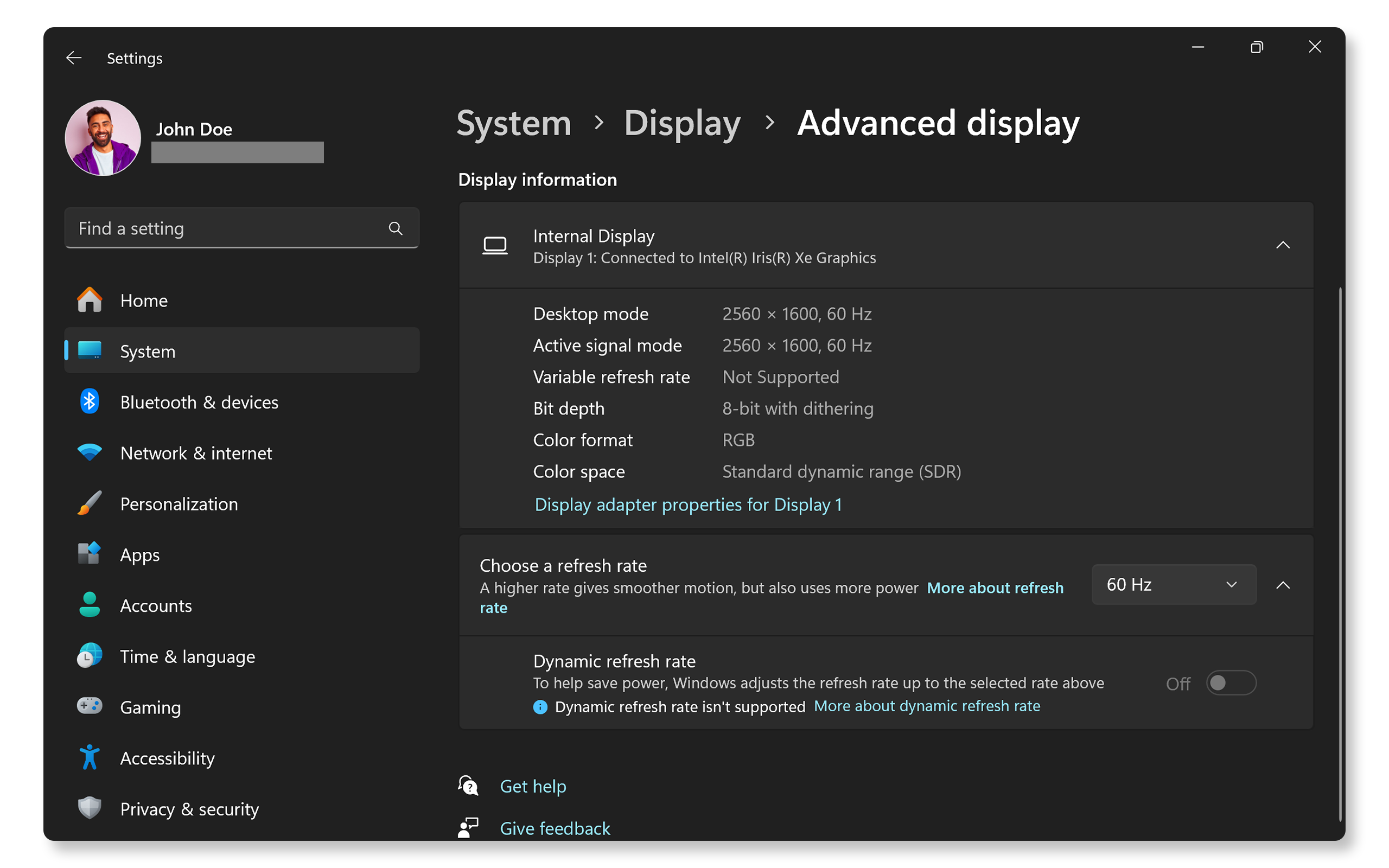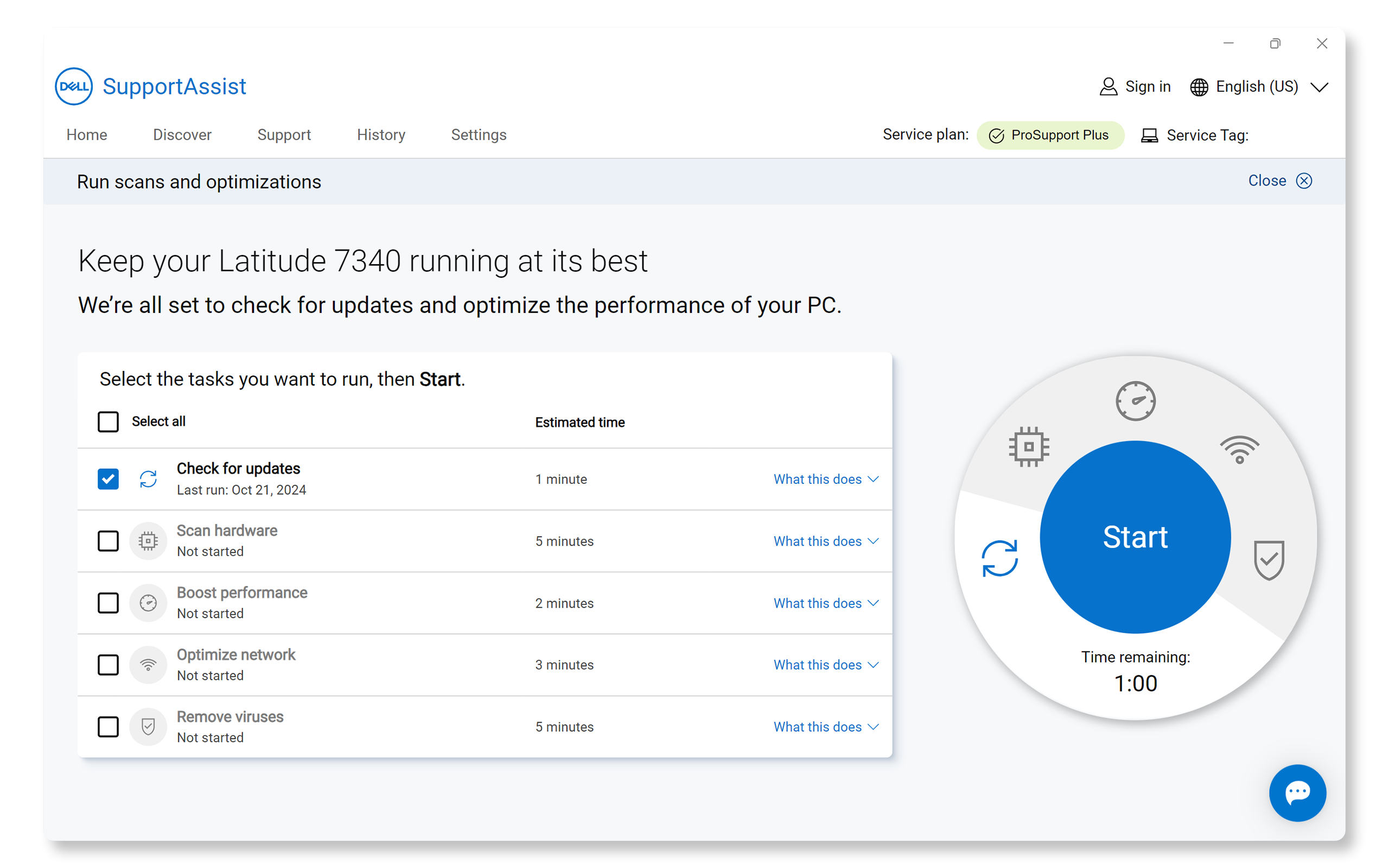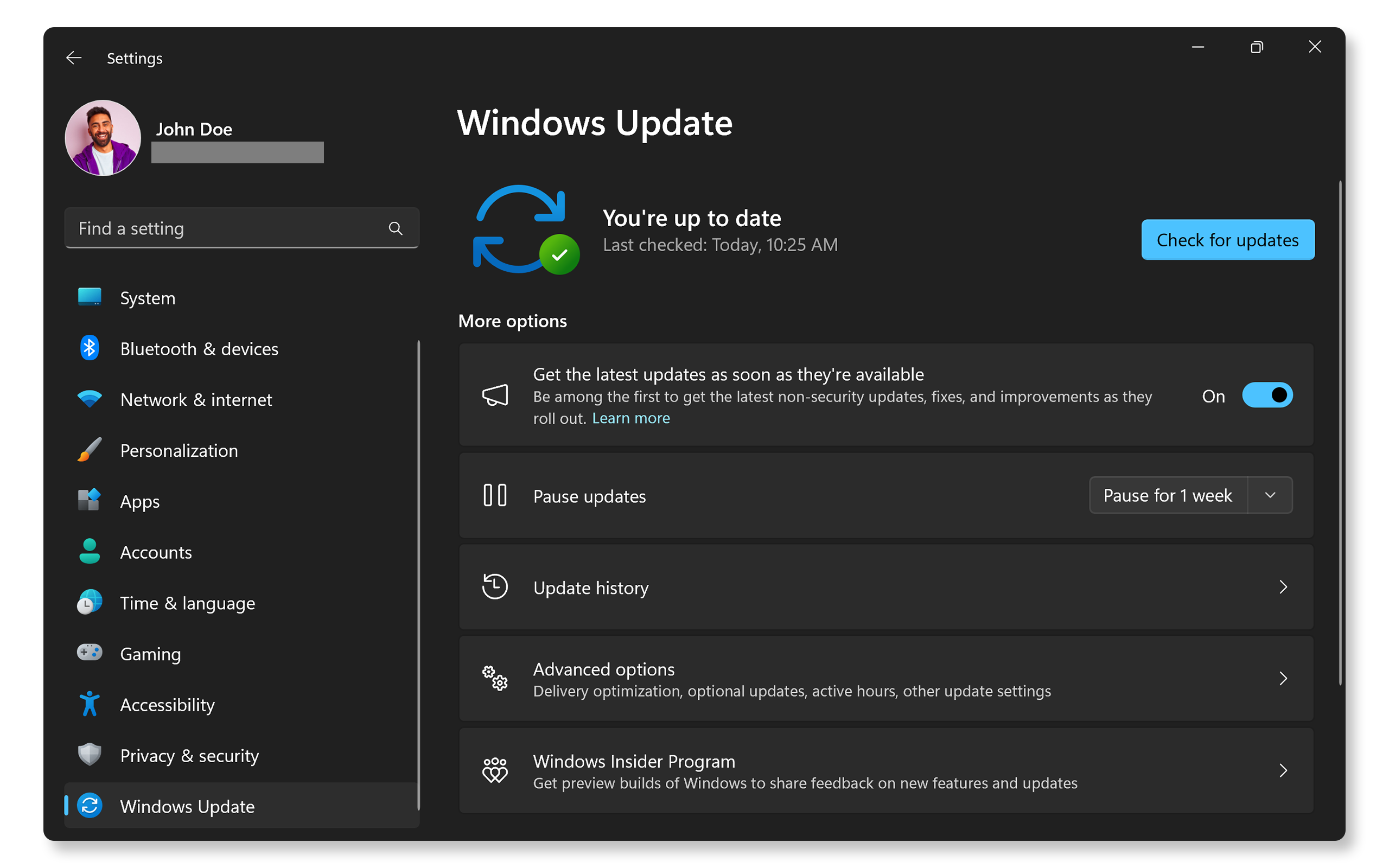|
Display issues on Dell laptop screens can appear as blank screens, flickering, distorted images, and . Display issues on laptops are often caused by incorrect display settings, outdated graphics drivers, software conflicts, or hardware malfunctions. This article provides step-by-step instructions to identify and resolve common LCD display issues on Dell laptops. Is the Problem Really with the Display?Before troubleshooting, let's check if the issue is with the display or other issues such as power or startup problems. Is the laptop powering on?Does the laptop complete POST?Are you able to boot into Windows?These questions help determine if the problem is with the display or another issue. After you've confirmed, follow the steps in this article to resolve display issues on your laptop. Identifying Laptop Display ProblemsLet's recognize the symptoms of some common display issues. Blank or Black Screen: The laptop powers on, but the display remains dark. Flickering Screen: Flickering or flashing screens can result from graphics driver issues, incorrect refresh rates, software conflicts, or faulty video cables. Dim Display: Brightness issues appear as a dark screen even at maximum brightness settings. Distorted or Blurry Images: You may notice fuzzy images, geometric distortions, or stretched visuals, often result from incorrect display settings. Color Fading or Light Leakage: Uneven brightness across the screen, often noticeable at the edges. Horizontal or Vertical Lines: Lines on the screen can indicate a problem with the display panel, graphics card, or cables. Dead or Bright Pixels: This appears as spots on the screen that do not change color. Display Driver Errors: Messages such as "Display driver stopped responding" indicate problems with the graphics driver. How to Resolve Common Laptop Display IssuesIf you notice any display-related symptoms on your laptop, follow these steps in sequence to effectively address and resolve the issue: Performing a Hard ResetLet's begin by performing a hard reset. This helps clear temporary settings that might be causing the display issue. To hard reset your laptop: Turn off your laptop. Disconnect the power adapter and remove the battery (if applicable). Disconnect all peripherals, including external monitors and docking stations. Press and hold the power button for 15-20 seconds. Reconnect the battery (if applicable) and the power adapter, then turn on your laptop. Check if the display issue is resolved. If not, proceed to the next step.
Diagnosing display problems helps determine if the issue is with the screen itself or your laptop's software. Dell laptops feature a built-in LCD test that can identify if there's a hardware issue with your laptop's LCD panel. To run the LCD built-in self-test (BIST) on your laptop: Turn off your laptop. Press the D key + power button to turn it back on. Release the D key when you see the screen flash different colors. The screen cycles through colors (white, black, red, green, blue) continuously (as shown in the animated image below). Observe the colors displayed during the test and check for any screen issues. If the screen displays properly, the LCD is working correctly, and the issue could be with the graphics card or display settings. If you notice any display issues, contact Dell Technical Support for repair options based on your laptop's warranty status. To exit the test mode, turn off your laptop using the power button. If the test passes, the display problem is likely software related. Proceed to the next step.
Connecting an external monitor can help determine if the issue is with your laptop's graphics card, LCD display, or display settings: Connect your laptop to a known-good monitor using HDMI, DisplayPort, or another compatible cable. Press Windows key + P and then choose Duplicate or Extend. If the external monitor displays correctly, your laptop's screen may have hardware issue. If the external monitor also shows issues, try troubleshooting the external display problems. If the external monitor works, let's try checking the display settings. Proceed to the next step.
Sometimes, the brightness may be set too low. Let's try adjusting the brightness of your laptop using the function keys or Windows display settings. Changing Brightness Using Keyboard Function KeysUse the brightness function keys (often F6 and F7) to adjust your laptop display's brightness. Press the Fn key along with the brightness function key to change the screen brightness. If this combination doesn't work, try using just the brightness function key. The specific brightness function key can vary between models, so check your laptop's user manual for details.
Ensure that the brightness is not set to minimum in Windows display settings. Go to Start > Settings > System > Display and then use the Brightness slider to adjust the brightness level to your preference. Open Windows display settings. Adjusting the brightness didn't help? Proceed to the next step.
Incorrect display settings can lead to problems with your laptop's LCD screen. Adjust the screen resolution and refresh rate for optimal experience with your laptop display. Adjusting Screen Resolution in WindowsCheck the resolution and ensure it matches your laptop's recommended resolution. Go to Start > Settings > System > Display. Open Windows display settings. Locate the Resolution dropdown menu and choose your laptop's recommended resolution.
Go to Start > Settings > System > Display > Advanced Display. Open Windows display settings. Under the Advanced Display section, locate the Refresh Rate dropdown menu, and choose the appropriate refresh rate for your laptop (usually 60 Hz). If adjusting the resolution and refresh rate didn't resolve the display problem, proceed to the next step.
Outdated graphics drivers or incorrect BIOS settings might cause display problems. SupportAssist is Dell's automated tool that scans your Windows computer for driver and firmware updates, downloads, and installs them. Search for SupportAssist in the Start menu and open the app. On the Home tab, select Update software. Click Start to check for driver and BIOS updates. Follow the on-screen instructions to complete the installation and restart your computer if prompted. If you don't have SupportAssist, refer to our driver update guide for alternative methods to download and install Dell drivers. Keeping your laptop up to date ensures compatibility and optimal performance of your display. If the display problem isn't resolved after updating drivers and BIOS, proceed to the next step.
Keep your operating system and applications up to date to benefit from bug fixes and performance enhancements. To update Windows: Go to Start > Settings > Windows Update and then click Check for updates and install any available updates. Open Windows Update settings.
Here are some answers to common questions that users ask about laptop screens or displays. 1. What should I do if my Dell laptop screen stays blank? Check if the laptop turns on, the power button LED turns on. If not, fix power issues. Try connecting an external monitor to check if the issue is with the laptop screen. Adjust the . 2. Can I fix a dead pixel or bright pixel myself? No, dead pixel or a bright pixel usually indicates a hardware problem with the display. Software or driver updates don't resolve dead pixel problems. 3. How can I fix my monitor if it won't turn on or shows a blank screen? 4. Why is my Dell laptop screen flickering? Screen flickering often results from driver issues or incorrect refresh rates. Update the . Adjust the settings. 5. How often should I update my display drivers? 6. How can I adjust the contrast and brightness on my Dell laptop? To adjust the brightness, press the Fn key and use the designated function key (often F6 and F7). If this combination doesn't work, try using just the designated function key. Contrast adjustments can often be made using the Color Calibration utility in Windows. Go to Start > Settings > System > Display > Color profile. Locate the Color calibration section, click Calibrate display and then follow the on-screen instructions. 7. Why is my Dell laptop displaying a "No Signal" message? The "No Signal" message usually appears when there's no input from the laptop to an external monitor. Check the connection between your laptop and the external monitor. Ensure the laptop is turned on. To wake your laptop from sleep mode, press any key on the keyboard or the power button. 8. My laptop screen is upside down. How can I fix this? If your screen is upside down, press Ctrl + Alt + Down Arrow to flip it back. 9. Why does my laptop display look distorted when I use certain apps? This could be due to the app's compatibility with your laptop's screen resolution or graphics settings. Try adjusting the or updating the app to check if that resolves the issue. 10. How can I fix a laptop screen that is only displaying a black screen with a cursor? 11. How do I turn off automatic brightness adjustment on my laptop? To disable automatic brightness adjustment, go to Start > Settings > System > Display. Turn off Change brightness automatically when lighting changes.
12. My laptop screen has a yellow tint. How do I fix this? A yellow tint is often caused by night light (blue light filtering) settings in Windows. Turn off the Night light settings. Go to Start > Settings > System > Display. Locate the Night light option and turn it off. If your screen shows a yellow tint with Night light off, run the to check for hardware issues.
13. How can I fix a laptop screen that is showing horizontal lines or vertical lines? 14. What if none of these troubleshooting steps work? (责任编辑:) |

